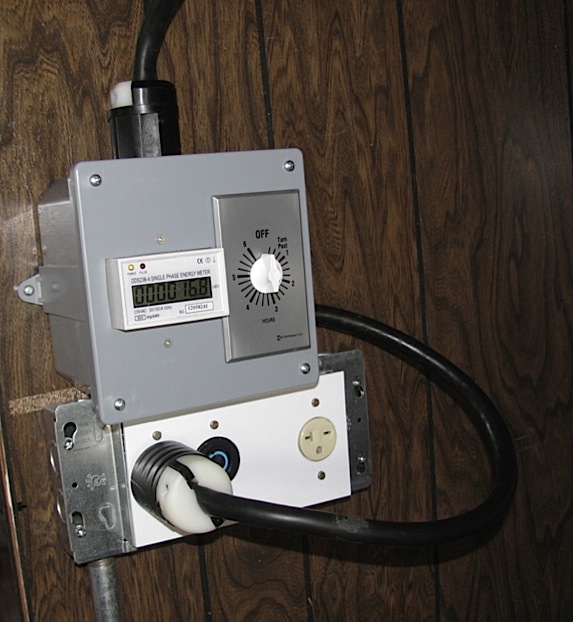Reviving this old thread...
I've been using my Remote almost every day since I bought the car in February. I rarely use my Remote to delay starting a charge, and do use it at varied times during the day to terminate the charge at around 14 bars. It often takes a number of attempts, with the car giving me a Remote
Error message before it finally "takes", both with entering zero into the ON time and then the ON->OFF time. Still haven't quite pinned down the
Error cause despite trying various time delays before hitting the Remote top button, although doing it in the morning after having done it the previous night seems to make it hiccup more, and it seems to happen more often using the SPX instead of Mitsu's EVSE. No matter, yesterday I gave up on the Remote...
Update 9/2/12 Traced my Remote issues to compatibility with my SPX Xpress Level 2 EVSE. It takes a few tries before the programming takes hold without an error message. The Mitsubishi (Panasonic) Level 1 EVSE works every time with the Remote.
I've gone back to the old-fashioned spring-wound Intermatic FF46H 6-Hour Spring Loaded Wall Timer, which disconnects
both poles,
although it might be overstressed in this application despite the slow power ramp-up of our iMiEV charger and the capacitive input which should limit turn-off peak currents. Here are its specs:
Resistive: 20 Amp, 125 VAC, 50/60 Hz, 10 Amp, 250 VAC, 50/60 Hz, 10 Amp, 277 VAC, 50/60 Hz
Tungsten: 7 Amp, 125 VAC
Motor: 1 HP, 120 VAC, 50/60 Hz, 2 HP, 240 VAC, 50/60 Hz
Inasmuch as I needed to package this timer, I decided to make it
transportable and put it together with an energy consumption meter that I picked up off eBay: 230V 100A LCD DIN-rail Type Kilowatt Hour kWh Single Phas... (170850363518). It is a very simple meter that merely accumulates and displays kWHr consumed and does not reset when power is removed. This one is evidently good for both 50Hz and 60Hz.
So far, they both seem to work and I now have a definitive way of measuring my energy consumption when I take my iMiEV and charge at friends' houses using their dryer outlet. For now, I've screwed it to the wall and I'm starting to record the kWHr readings and compare them to my T.E.D. readings.
Pictured below are the two gadgets mounted in a gray box from Home Depot, with the NEMA L6-30 output connector built into the top of the gray box and the input pigtail plugging into my L6-30 wall socket (which also contains NEMA L6-20 and 6-20 sockets).


































